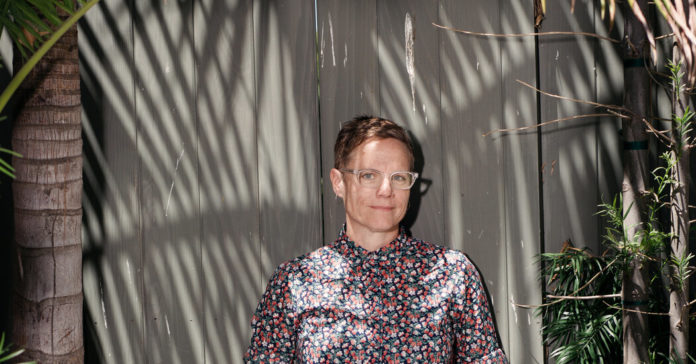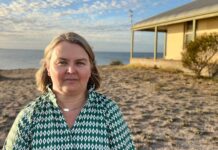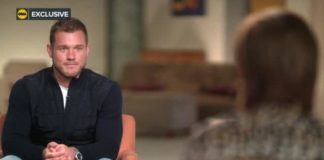
“Doc McStuffins” quickly became one of the most popular children’s TV shows, running for five seasons and viewed by millions of children, age 2 to 5. In fact, in 2016, the first episode of Season 4 reached more than four million children, according to the book “Heroes, Heroines and Everything in Between: Challenging Gender and Sexuality Stereotypes in Children’s Entertainment Media.” The show was nominated for several Daytime Emmy Awards and, in 2014, it won a Peabody Award for children’s programming.
Most importantly, the show helped shift perceptions of Black medical professionals, spurring thousands of female physicians to post pictures of themselves on social media with the caption “We are Doc McStuffins.” In a recent tweet, Dr. Rachel Buckle-Rashid, a pediatrician in Rhode Island, posted that a little girl had just jumped into her arms assuming she was “Doc.” “Maybe Disney Junior has done more for me as a Black woman in medicine than most D.E.I. initiatives,” Dr. Buckle-Rashid added.
In a 2018 survey by the Geena Davis Institute, a research organization focused on representation in film and TV, more than 50 percent of over 900 girls in school and college named “Doc McStuffins” as the show that left enough of a lasting impression on them to pursue a career in STEM.
Interestingly, Ms. Nee noted that boys were watching the show, too, pointing to data from the time indicating that they made up about 49 percent of “Doc” viewers, which exposed them to ideas of more empowered girls as well.
Breaking New Ground
Ms. Nee originally wanted to be an actor. But with her shaved head and baggy T-shirts — “I was deeply queer in the old school sense, which was actually hard-core punk rock,” she explained — she didn’t know who would cast her or how she could fit in. Instead, she decided then to get into production, taking on a role as an associate producer with Sesame Street’s international arm, which took her from Jordan to Mexico to Finland. It was, as she described it, “the coolest job in the world.”
She eventually realized, though, that her greatest strength was writing. She began working on scripts for shows like “Blue’s Clues” and “Wonder Pets,” even as she continued to work as a producer (TV production was and, in large part, still is a freelance-driven business). At one point she was producing “Deadliest Catch,” a reality TV show about Alaskan king crab fishermen, during the day and writing children’s TV shows at night.








